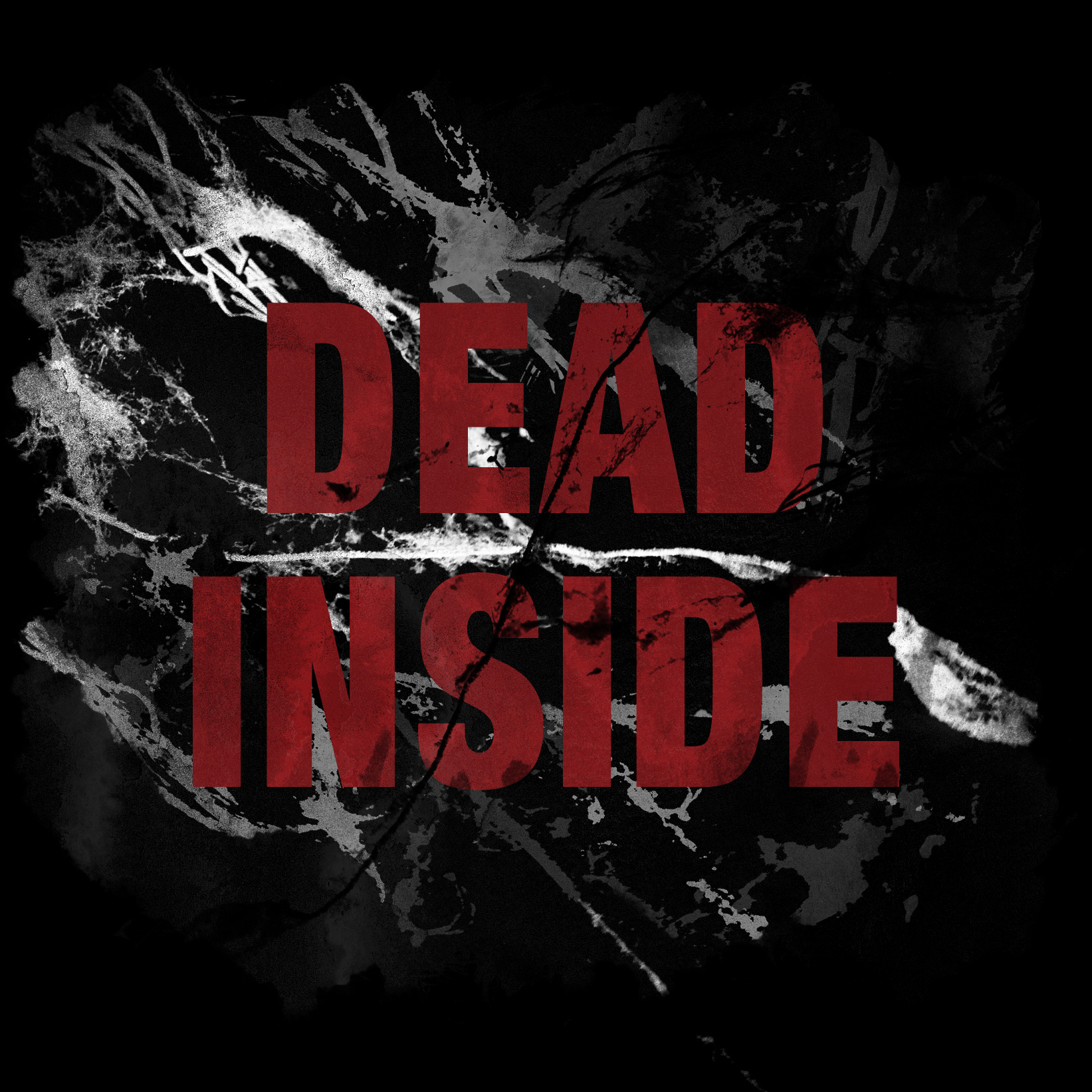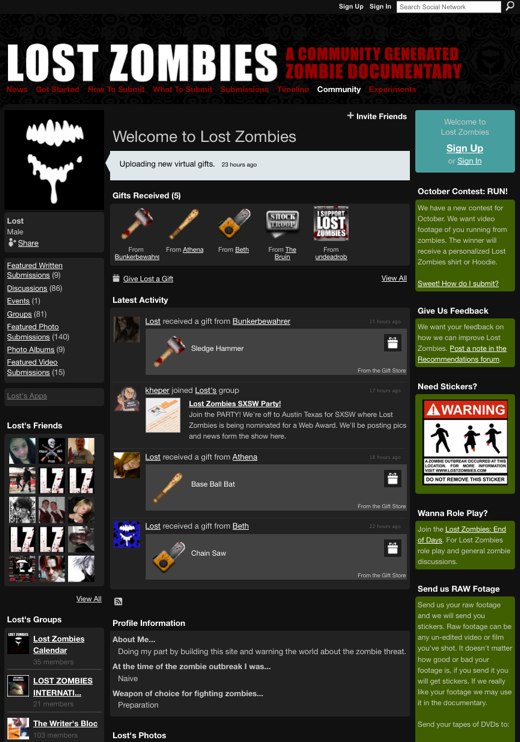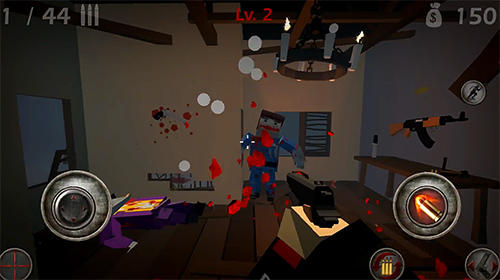

The “stories” and messages were at once all the same and all different. In some cases, they knew they were about to die, and the note included in the book was likely the last bit of evidence of their existence.

They had family members they were afraid for or had had to kill, or they were alone surviving however they could. Some of the note writers were angry, afraid, or even happy. The notes covered a range of situations and emotions.

My favorites tended to be the shorter ones, which allowed my own imagination to flesh out the stories of the people who wrote them. Some of the notes had a better emotional impact than others. I feel about this book the same way I do about anthologies, which makes sense, I guess, since this book is the result of many individuals' contributions. Reading this book had a similar effect on me. Sometimes I imagined what the people who left those things behind were like. Sometimes I found actual bookmarks, but usually I found scraps of paper, notes, postcards, anything that the previous readers found lying around that could be used as a bookmark. When I was a teen, I used to collect things I found in library books. The notes document various individuals' experiences just before and after the super flu mutated. The notes and photographs that comprise the majority of the book are described as being the contents of a backpack discovered in a town in Northern California. Teresa and similar places are established, initially to care for uninsured super flu patients. February is when the first incidences of "the super flu" are reported. The book begins with a timeline that spans from February to November of some unknown year.

Dead Inside: Do Not Enter: Notes from the Zombie Apocalypse isn't a novel, but rather a collection of notes and, occasionally, photographs.


 0 kommentar(er)
0 kommentar(er)
